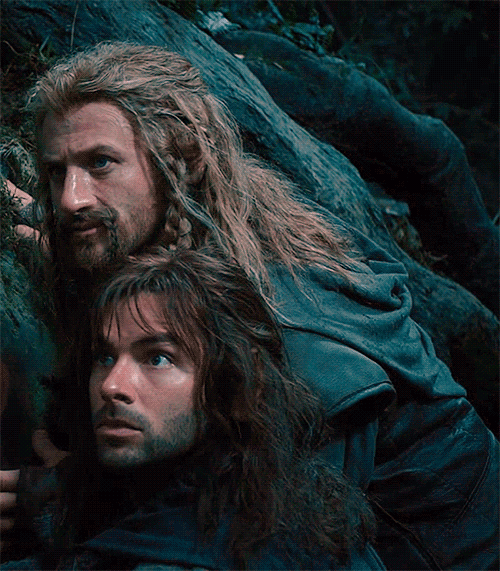Shutter, Grudge, and Audition
Asian horror movies that delve into deep psychological thrillers are my favorite. With most being about revenge and/or justice oriented (e.g. guy kills, rapes, or tortures person and said person's spirit comes back and haunts them, usually ends up in killing them)
The story in Shutter is about a ghost who takes revenge on this guy who watch her get raped when he was younger. The way the spirit manifests its way into photographs the man takes reflect the voyeurism he partook in the incident. This is very important to understand, because throughout the story you are rooting for him because the audience does not realize what he did wrong until the end of the movie.
Grudge, a movie thats been remade so many times, has two spirits that were both murdered, however their motives are not clear. Whenever a trespasser enters the household, they either die or disappear. Movies like these to me are scarier than movies with spirit with reason, because you could be the next victim… why? No reason.
Audition holds the same weight as Grudge and shuter. Still holds the no reason motif behind it, but intentions get clearer and clearer in the end.







